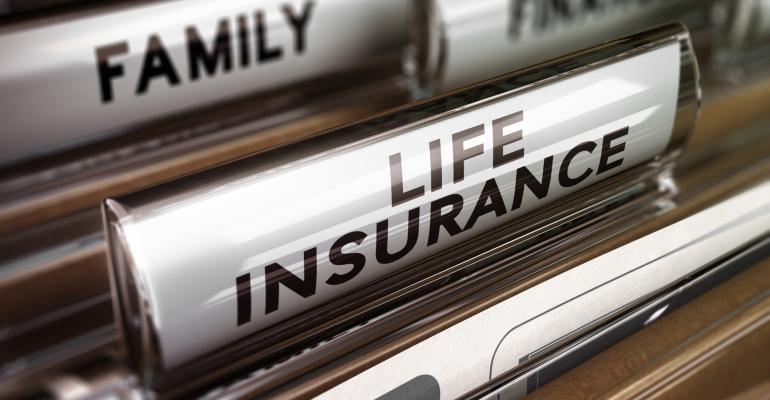In reference to funding a traditional whole life policy, I often hear, “I keep paying the premium, even though I don’t have to, because it grows the cash value so much.” What’s so crazy about this comment?
As an analogy, let’s assume your client’s 401(K) has $1 million in it. Furthermore, we’ll assume your client is contributing $18,000 at the beginning of the year and the return is eight percent. In one year, the balance will be $1,099,440. What’s the point? Even with no deposit this year, the balance would still have grown to $1,080,000. The $99,440 increase in value isn’t due to the current year deposit. Only $19,440 of the increase is due to the deposit and only $1,440 of that is actual growth. 80 percent of the increase would have happened regardless and only one tenth of one percent of the new balance is growth associated with the deposit.
The Mix-Up
I can scarcely count the number of times a whole life policy owner has conflated the growth of the cash value and the payment of premiums. Many truly believe the payment of a year’s premium is resulting in the increase in cash value. Why is this so often associated with whole life and not universal life or variable life, or others when the cash value growth may be even greater? Because it’s a sales strategy. It’s a learned behavior to accentuate the value of the contract.
Two Examples
I just grabbed the closest file on my desk for which I had a full pay and short pay whole life ledger. In Year 26 of the contract, the $109,571 premium was paid for both ledgers. The cash value the end of that year was $3,478,596. In Year 27, the premium was paid in one ledger and not the other with everything else being kept constant. When the premium wasn’t paid, the cash value grew by $64,010. When the premium was paid, the cash value grew by $176,213. The spread is $112,203 — that’s $2,632 more than the premium. Additional growth associated with the premium payment amounts to seven one hundredths of one percent of the cash value, an almost meaningless amount.
Yes, the cash value is growing, and the death benefit is growing. This may be a reasonable transaction and appropriate use of money for this individual. I’m not criticizing it. What I’m trying to make clear is that it’s like any other financial transaction. There’s nothing magical about it. The $176,213 increase in cash value is NOT a factor of the premium being paid because a substantive portion of the increase would have been there anyway.
One more example: This is another of the major mutual whole life carriers. The ledger assuming the $1,089 premium is paid shows the cash value increasing by $4,172 and when not paid, the cash value increases by $3,028. This is a $1,144 increase on a $1,089 premium. The increased growth by paying the premium is $55, not $4,172. The reason this is so important is that the gross increase in cash value shouldn’t be the determining factor for paying discretionary premiums. Isolating the delta in cash value and death benefit over time, and calculating the internal rate of return on the discretionary premium to that delta is the ONLY material number that should be taken into consideration when the goal is to determine what your client is getting for his money. It’s important to understand that more people than you think are paying the premium because they believe they’re getting close to a 400 percent percent return on the premium payment when it’s made.
Use Real Numbers to Make Decisions
I’m not anti-insurance or anti-whole life. I’m a big fan of insurance done right and whole life can be a well-utilized financial tool. A part of insurance being done right is communicating honestly with policy owners and their advisors. Insurance is often attractive enough that these games are unnecessary. Again, these policies may be solid foundations of the clients’ plans and a good use of money, but I want to do anything I can to make sure policy owners are making decisions based on real numbers and not sales gimmicks. Believing anything different would be like me believing that topping off my car’s gas tank with that last gallon is what allows me to drive 400 miles when, if I didn’t do so, I would have gone 380 miles anyway. That last gallon allowed me to go another exit or two, not make the entire trip possible.
You can help your clients “do it by the numbers” and not be swayed by emotion or deception.





